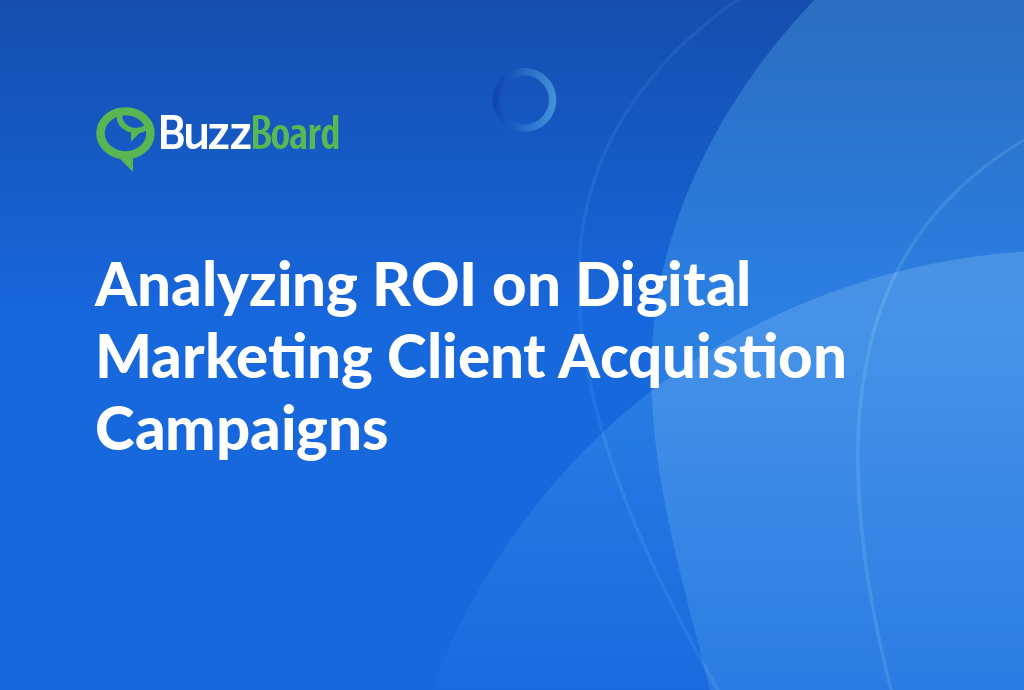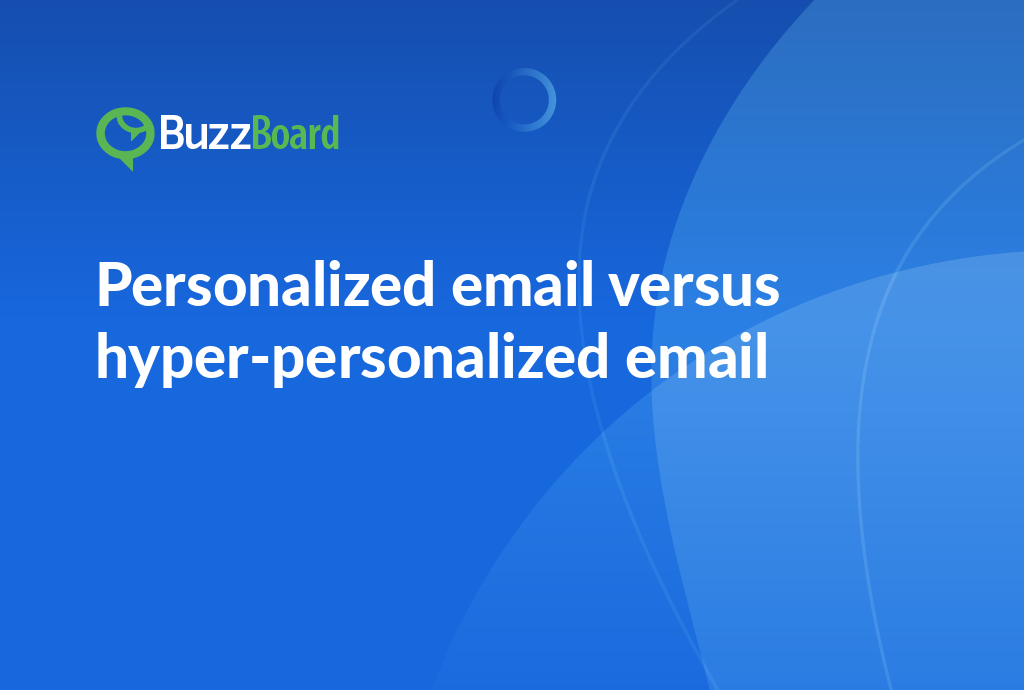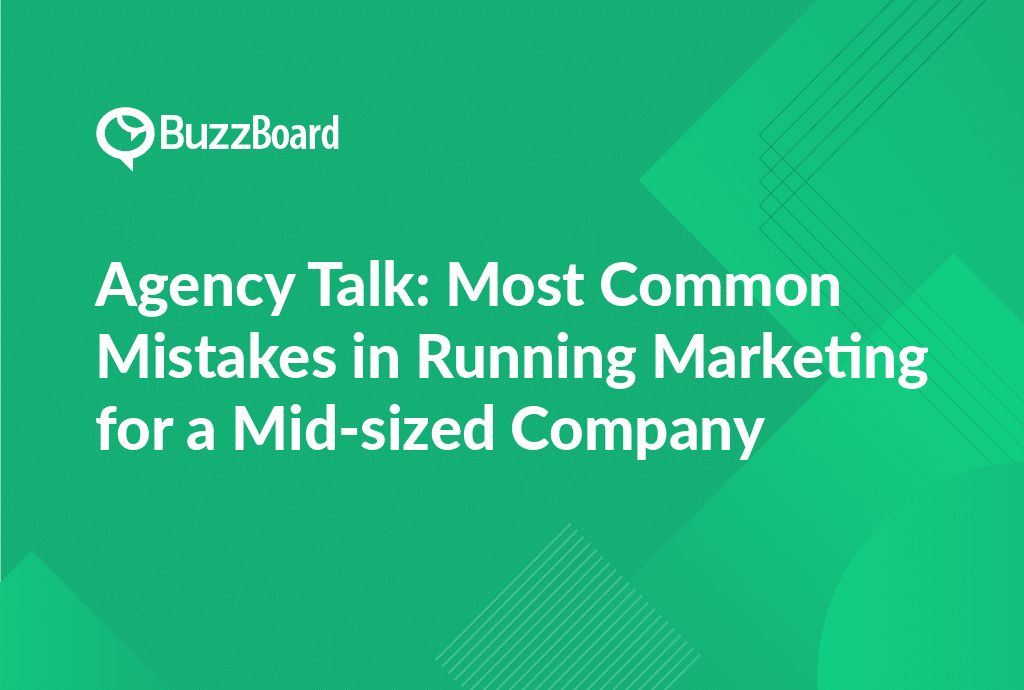The Importance of Analyzing ROI in Digital Marketing Client Acquisition Campaigns
The burgeoning importance of digital marketing in today’s business scene is undeniable. Consequently, it’s become vital for agencies to measure the impact of their client acquisition campaigns. One crucial metric to consider is the return on investment (ROI).
Analyzing ROI on digital marketing client acquisition campaigns is not only a potent gauge of success but also a crucial guide in campaign enhancement. By meticulously monitoring ROI metrics, agencies can affirm the success of their tactics, allocate resources more wisely, and above all, underscore the tangible value they provide to their small business clients.
So how is ROI calculated? At its most basic, ROI involves this formula: (Net Profit / Total Investment) x 100. This entails ascertaining the net profit—that is, the financial gains from the campaign deducting the cost of the campaign, then dividing this total by the cost of the campaign and finally, multiplying the resultant figure by 100.
Nevertheless, a comprehensive understanding necessitates consideration of all data-driven campaigns. From pay-per-click (PPC) advertising to search engine optimization (SEO) and content marketing, each strategy brings its distinct costs and advantages. By analyzing metrics across all these campaigns, agencies can gain an in-depth perception of their overall ROI.
This holistic view can also pinpoint the most profitable strategies, thereby enabling agencies to direct attention and funds accordingly for enhanced results. In essence, nuanced ROI analysis aids in fine-tuning campaign strategies and maximizing every marketing dollar.
But it doesn’t end there. ROI analysis allows agencies to demonstrate to prospective and current clients the exact bottom-line value they bring. For small businesses especially, understanding potential returns on their investment can act as a persuasive selling point that could clinch the deal.
As digital marketing agencies, staying competitive necessitates constant reassessment of your strategies. Continued analysis of ROI not merely bolsters campaigns but also portrays your agency as efficient and effective to your clients.
Breaking Down ROI Metrics for Digital Marketing Client Acquisition and Why They Matter
Understanding ROI metrics for digital marketing client acquisition is pivotal to your agency’s success. These metrics provide concrete data to demonstrate the effectiveness and worth of your campaigns to prospective small business clients.
Digital marketing client acquisition campaigns chiefly aim to reach potential clients, make a lasting impression, and convert them into paying clients. Evaluating ROI on these campaigns allows your agency to gauge your effectiveness in these areas.
ROI metrics underscore the profitability of a marketing campaign. They fundamentally show whether an investment is worth the expense and effort. You can analyze these data-driven campaigns by comparing the cost incurred for acquiring a client and the revenue generated as a result.
One method to compute ROI involves comparing the lifetime value of a client (total net profit from a client over their relationship duration) to the cost of acquiring them. A high ROI signifies efficient use of resources, while a low ROI suggests a need for campaign optimization.
In conclusion, ROI metrics offer a clear picture of how your digital marketing activities contribute to your agency’s profitability. Campaigns based on such ROI metrics analysis are potentially more strategic and custom-made for small businesses. The insights gained from tracking these metrics will be invaluable in mapping the future course of your campaigns. They can also illustrate to prospective clients why they should choose you over competitors.
The goal isn’t merely to acquire digital marketing clients but to do so in a way that maximizes returns and profitability. Understanding and leveraging ROI metrics is key to ensure every marketing dollar spent is in your favor.
How to Effectively Calculate ROI for Data-Driven Campaigns
Every digital marketing agency understands that their value is determined by the ability to effectively and conclusively measure the return on investment (ROI) from data-driven campaigns. However, the question has always been, how can we efficiently analyze ROI on digital marketing client acquisition campaigns for small businesses?
First, agencies must grasp the unique business objectives and goals of the small business. This understanding steers the definition and interpretation of the pertinent ROI metrics.
The key to success is establishing a clear link between the data-driven campaigns and their impact on revenue and profit margins. The fundamental way to calculate ROI is to subtract the cost of the campaign from the profit it generates, then divide that by the cost of the campaign itself.
Let’s dig deeper. Consider analyzing metrics such as cost per lead, cost per click, and conversion rates. Monitoring these metrics provides deep insights into how customers engage with your campaigns, enhancing your campaign optimization efforts. Are your adverts triggering inquiries or sales? Are the right people clicking on your links? If not, refine your advertisement to appeal more directly to your target client base.
This continuous analysis and adjustment define the successful use of ROI metrics in campaign optimization. It allows agencies to show clients real value, answering the ubiquitous question, “What will my return be if I invest in this marketing campaign?”
In a data-driven world, vanity metrics like ‘likes’, ‘views’, or ‘follows’ are insufficient. Businesses demand evidence of tangible, bottom-line benefits, and rightly so.
Thus, it’s crucial to collaborate with an analytics expert or invest in user-friendly software to track your ROI metrics. Ensure your team is trained to understand these metrics, sift through the data, and optimize accordingly.
By leveraging these strategies, your agency can more effectively articulate its value proposition to small businesses. You’re not merely increasing their brand visibility but also their ROI.
Ways to Analyze Metrics for Campaign Optimization in Digital Marketing
In the dynamic, numbers-driven world of digital marketing, analyzing return on investment (ROI) on acquisition campaigns may seem challenging. But, a data-centric approach equips agencies with crucial insights from their metrics, thus positively impacting campaign optimization efforts.
Understanding ROI metrics is paramount before diving into ROI calculations. In a nutshell, these metrics evaluate the return on investment for a marketing initiative against the cost of the initiative. This helps agencies evaluate the effectiveness of diverse strategies and make data-driven decisions that enhance outcomes.
Calculating ROI involves subtracting campaign cost from its net profits, dividing this by campaign cost, and multiplying by 100 for the percentage form. However, ROI is beyond hard numbers; it’s about the narrative they offer. Convincingly telling this story can bolster an agency’s credibility with small business clients, paving the way for future prospects and partnerships.
Success in a data-oriented campaign approach lies in metrics that reveal user behavior and campaign performance. These could be raw numbers like click-through rates, conversions, bounce rates, or more nuanced tracking like user journeys or engagement rates over time. These metrics enable agencies to identify working strategies, areas needing improvement, and implement changes to elevate their campaigns.
So, how can agencies ensure the optimization of investments? Through A/B testing. This simple testing technique of checking two versions of the same campaign component helps gain profound insights into potential campaign improvements, minus significant investment risks.
In summary, a sturdy understanding of ROI metrics, along with a data-driven focus, enables digital marketing agencies to illustrate their value proposition to small business clients. Agencies can optimize campaigns by analyzing these metrics, providing compelling narratives about their success, and thus boosting their reputation in the cutthroat digital marketing field.
Examining the Impact of Optimising ROI on the Success of Digital Marketing Client Acquisition Campaigns
In the rapidly evolving landscape of digital marketing, many agencies may find themselves reassessing the strategies used in the past and considering the best methods for acquiring new clients in the current competitive market. One consistently standout solution is optimizing ROI on digital marketing client acquisition campaigns.
Understanding and accurately analyzing ROI on digital marketing acquisition campaigns may provide a significant edge for digital marketing agencies. Specifically, by densely examining the ROI metrics, agencies can gain essential insights about their campaigns’ effectiveness. Data-driven campaigns, armed with precise analysis of past campaign performances, are more likely to deliver positive results.
However, to leverage your ROI successfully, comprehending how to calculate ROI with precision is critical. The ROI formula is: (return – investment) / investment. This straightforward calculation can significantly assist agencies when planning and launching their next digital marketing campaign. Visualizing past ROI can further aid in implementing modifications and enhancements for superior outcomes in the future.
The process of intensively analyzing metrics and refining campaign strategies based on ROI analysis enables marketing agencies to sharpen their campaigns. Through campaign optimization, agencies can efficiently adjust their strategies to ensure each dollar spent contributes to campaign success.
Additionally, agencies can utilize these strategies to market their services to small businesses. Typically operating with limited marketing budgets, small businesses can benefit considerably from ROI-focused campaign strategies that ensure maximum efficiency. Elucidating how optimizing ROI leads to better campaign outcomes can drastically assist agencies in selling their services more effectively to small businesses.
In conclusion, prioritizing ROI when planning and implementing digital marketing client acquisition campaigns might have an extensive impact on an agency’s triumph. As the role of digital marketing continues to grow in the business realm, comprehending the power of ROI and how to utilize it is critical to any digital marketing agency.









